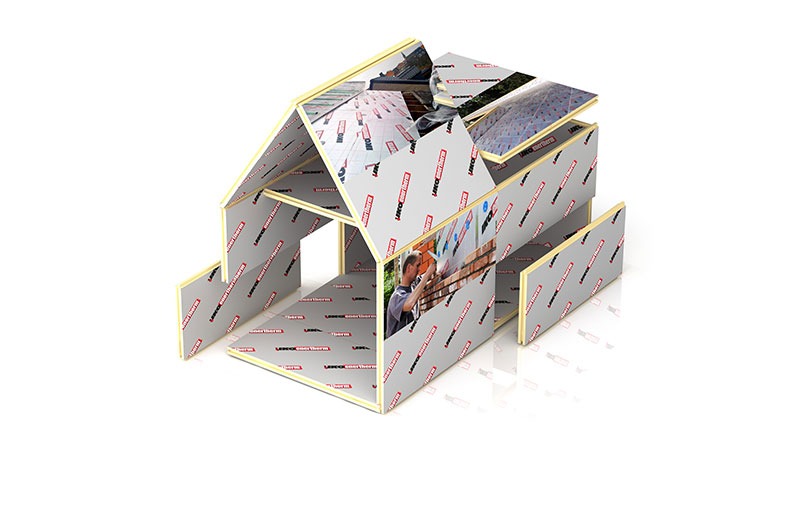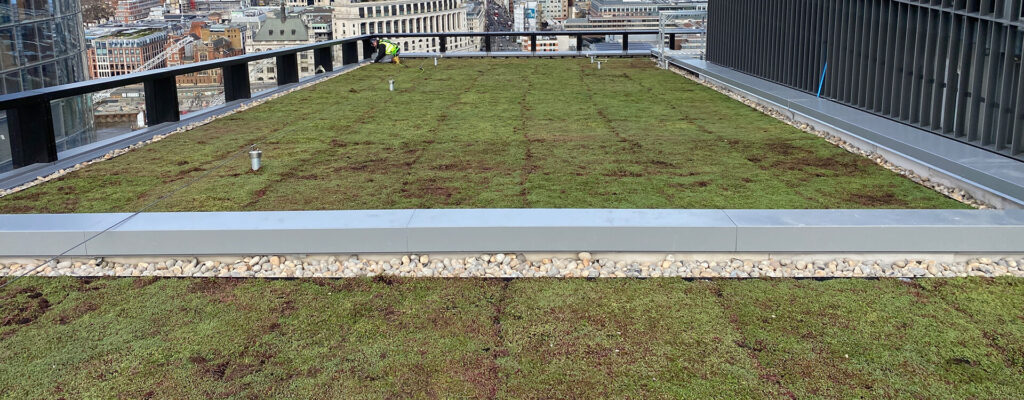The thermal transmittance, or U-value, of the complete roof system is calculated in accordance with established international standards. For the majority of flat roofs – built up in a series of material layers, each of a consistent thickness and performance – the most appropriate calculation type is the ‘combined method’ detailed in BS EN ISO 6946.
The combined method takes into account the thermal performance of the different materials, as well as the potential effect of simple, repeating thermal bridges such as mechanical fixings or timber joists. Because thermal insulation contributes the most thermal resistance in the roof build-up, a U-value calculation is often used to establish the insulation thickness required to meet the performance target for compliance with national building regulations.

Does a U-value calculation also assess condensation risk?
The software packages used to calculate combined method U-value calculations typically include the facility to carry out a condensation risk analysis as well. The calculations are completely separate, carried out in different ways, but the results are usually combined in a single document.
The most common method of assessing condensation risk is a simplified calculation method, detailed in BS EN ISO 13788. It uses the thermal performance and vapour permeability of each material layer to assess whether the likely surface temperature between materials will result in excess moisture vapour being deposited as condensation.
IKO Polymeric offer a U-value calculation and condensation risk analysis service for flat roof systems. Please contact our technical services team or your local Business Manager to discuss your project.
For more information, please contact IKO Polymeric’s technical team.


